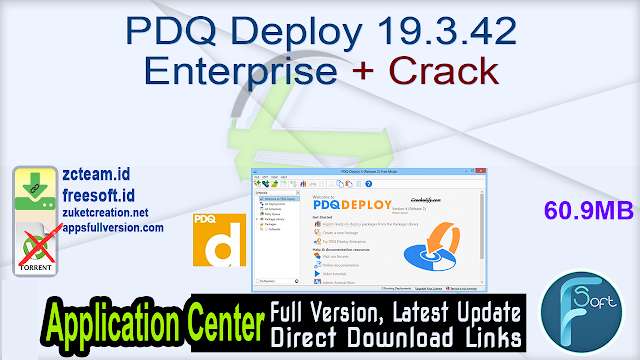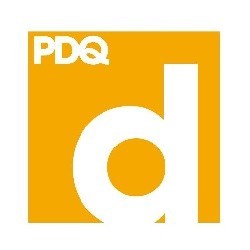

Essentially, packages that you’ve deployed are automatically kept up to date. One of the great extras in the Enterprise version is the Auto Deployment of Library Packages feature. The PDQ Deploy package library showing runtime packages Because PDQ Deploy can handle scripts and other untraditional deployment methods, packages can do some really cool things! For example, they can be used to remove bloatware such as toolbars or install service packs/updates for common apps. Packages in the library are grouped into Free, Professional, and Enterprise packages. Collectively, that is a ton of wasted time! When you use PDQ Deploy, you have access to prepackaged installations for many common applications. It has always seemed silly to me that countless admins package up the same software with the same methods across numerous environments. The package library: one of the best features of PDQ Deploy Because clients can be offline during a deployment, features such as Heartbeat schedules detect offline/online statuses and maintain installations. The advantage is that you do not need to deploy a client, worry about client corruption, or deal with client version upgrades. You can read about the different editions here.Īs mentioned above, PDQ Deploy is a server-initiated deployment suite. The Enterprise version includes four unique features: multi-user support (central package sharing), complete access to the package library (more on this in a bit), auto deployment of new versions, and a retry queue for missing/offline computers.

The Professional and Enterprise versions share and support features such as:.

For small and medium organizations, the free version addresses many application deployment needs. It also supports script-driven installations in batch, VB Script, or PowerShell. The free version allows for deployment of many file types, including EXE, MSI, and MSP. PDQ Deploy comes in three flavors: Free, Professional, and Enterprise. It has the advantage of supporting multiple file types and does not inherently rely on Active Directory. The tool differs from other deployment software (for example, Group Policy Software Installation) in that it is server-side driven.


 0 kommentar(er)
0 kommentar(er)
